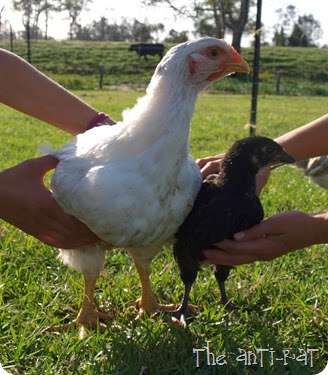I was all excited a few months ago when I saw Sandor Katz was coming to Australia to run fermenting workshops. I was even more excited when I saw that there’s going to be sessions in Byron Bay. Yippee, I thought, I can go to one! Then I went to the pricing page and nearly had a heart attack. $490!?!?! The intensive sessions in Sydney are similarly gob-smacking. $220 for just vegetables? $220 for just dairy? $792 for the whole lot? Chest pain turned into disbelief. We already ferment a lot of stuff. We regularly make kefir, yoghurt, cheese, mead, sauerkraut, and all sorts of other fruit and vegetable concoctions. And it’s really not very hard. Or complicated. Or time consuming. We’ve learnt it all by experimentation, using books, other than a one-day cheesemaking workshop I did with Elisabeth Fekonia (which was very comprehensive and reasonably priced). How on earth can they justify charging such astronomical prices? All of Milkwood’s prices are at the high end of the scale, but this goes beyond expensive into unbelievable. But then I suppose that’s why they’re still pumping the advertisements for it-it would have booked out months ago at a more reasonable price.
Here’s my rebellion. I’m saving you by showing you how to ferment vegetables into a deliciously sour and tasty mix. It involves 3 steps and about 15 minutes of your time.
1. Chop thinly, or grate, your vegetables. I have radish, carrots, and beetroot here. Cabbage and other cruciferous veg work well (think sauerkraut). Feel free to throw in herbs, chillis, or anything else of plant origin that you think will taste good. The better quality your ingredients the better the end result-we grew all this. Throw it in a big bowl and mix in generous amounts (a few tablespoons?) of salt-real salt, like Celtic or Himalayan, not iodised table salt. If it tastes quite salty but it’s not crusted, it’s about right.

Stuff it into jars, and let it sit for a couple of hours. The salt will suck the juice from the vegetables.
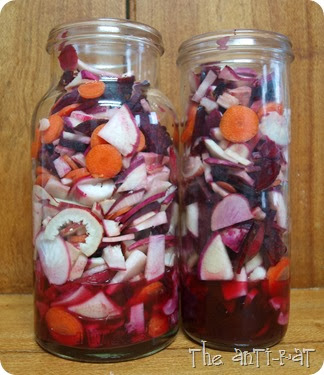
2. Then pack it down as much as you can. I use a granite pestle. If the juice extracted by the salt covers the vegetables, then put a non-airtight cover on and you’re done. If not, add enough filtered water to cover it. Taste the liquid-it should be salty like the sea. The salt will exclude any harmful bacteria, so err on the side of too much-you can always rinse it before eating it if you overdo it.
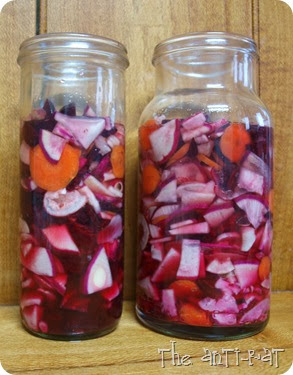
3. Let it sit at room temperature. Each day, make sure the vegies are still covered by the liquid, and pack it back down if need be. It wants to float. Taste it after a few days-if it tastes good, put it in the fridge and eat it at leisure. If you’d like it stronger, leave it to develop longer.
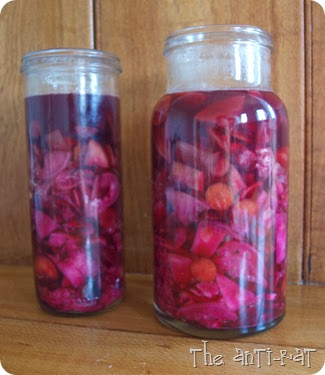
That’s really about it-you can get fancier with the ingredients you use, but the method is still the same. I highly recommend both of Sandor’s books for making fermenting interesting and accessible. There’s Wild Fermentation and The Art of Fermentation.
And if you want to send me money as a result of your effusive gratitude in saving you so much money, my bank details are………….just kidding!
 200sq/m, less than six months
200sq/m, less than six months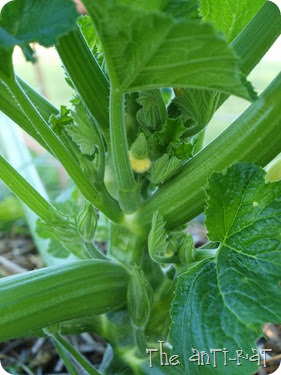
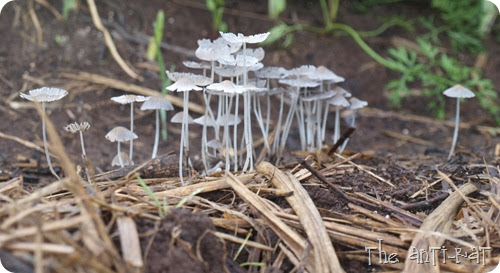
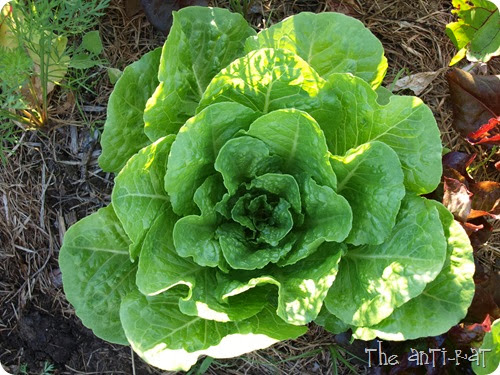
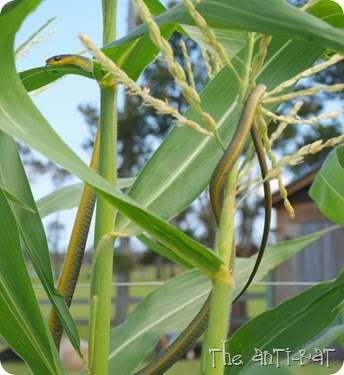 A visitor in the corn patch
A visitor in the corn patch